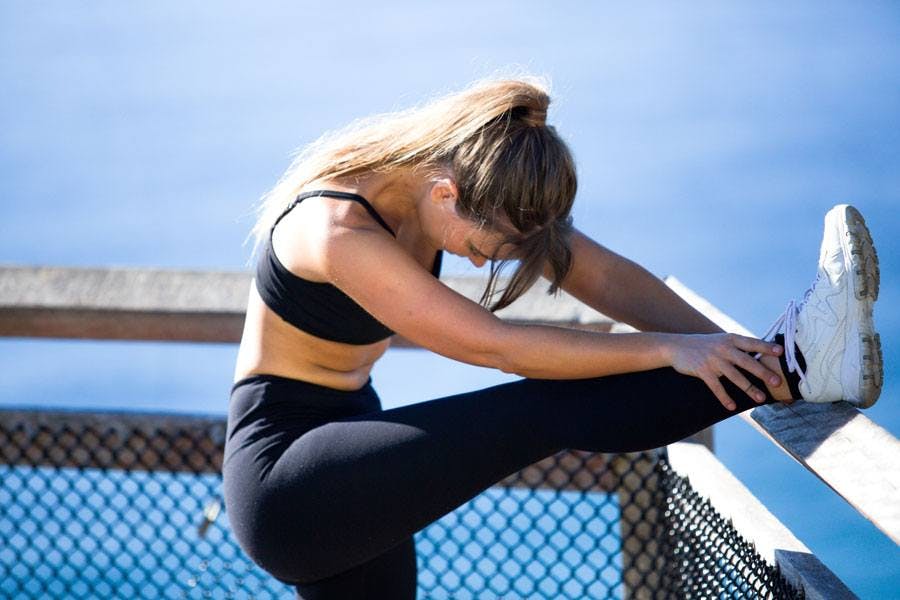Should I Work Out With Sore Muscles?
No matter if you’re a casual gym member or an elite athlete, the feeling of sore muscles the day after exercise is all too familiar.

Bare Blends
2017-10-20


No matter if you’re a casual gym member or an elite athlete, the feeling of sore muscles the day after exercise is all too familiar.
DOMS, or delayed onset muscle soreness, is the pain and stiffness felt in muscles several hours after exercise.
So is DOMS a genuine excuse to refrain from working out? Or is a little bit of soreness good for us? And more importantly, can we do any serious damage from working out with sore muscles?
What causes DOMS?
Stressful exercise that your body is unaccustomed to causes DOMS. It begins with microtrauma to the muscles (tearing of muscle fibres) and then the surrounding connective tissues. This is then followed by inflammatory processes and shifting of fluid and electrolytes.
Should I workout with DOMS?
For the most part, our bodies will adapt when put under pressure, and it’s okay to train with mild DOMS. But if you’re experiencing severe soreness, it may be best to wait until your muscle have recovered before resuming exercise.
If you keep repetitively damaging your muscles and training through DOMS, you risk damaging your body long term.
Generally, you should give your muscles time to rest in between exercises. This is especially important when training weights. During rest days, muscles have the time to reconstruct themselves and recover in stronger formations than before. Insufficient recovery time may hinder your progress.
Opt for a different exercise if your muscles are sore. Target the less affected body parts in order for your other muscle groups to recover. Perhaps give your muscles a rest and do some gentle cardio instead. Workouts such as swimming are ideal on these days as it encourages blood flow and isn’t too hard on your muscles and joints.
How long does DOMS last?
Sore muscles are felt most strongly 24 to 72 hours after exercise.
How to reduce DOMS
Protein intake after exercise is vital for muscle recovery.
Protein contains amino acids, which are the building blocks of our muscles. Amino acids are essential for healing wounds and repairing tissue, especially in the muscles and skin.
Essential amino acids are not produced naturally by the body, so they have to be obtained from the foods we eat. Whey protein is one of the few sources that naturally contain all 20 amino acids, making it a complete protein. It is therefore important to fuel our bodies with amino acids straight away so they can begin recovering our muscles immediately.
Bare Blends’ whey protein blends have a superior amino acid profile, and are especially undenatured. They provide our bodies with the most functional protein to recover, repair and build muscles, as well as boosting our immunity and energy levels.
For a non-whey alternative, you can opt for a plant-based protein. Both pea and rice proteins are celebrated for being complete protein sources, meaning that they contain 9 essential amino acids, and for being easily digestible and have low potential for allergic responses. Bare Blends’ vegan protein powders are made with the optimal ratio of pea and sprouted brown rice protein for maximum amino acid benefit.
Persistent soreness?
If a muscle is more tender than usual, if there’s bruising, or the pain doesn’t ease up after a warm up, then these could be signs that you’ve strained a muscle. It’s best to consult an expert if these symptoms continue.
Vanilla Bean WPI
- Ideal for lean muscle building
- Promotes healthy weight management
- Boosts immune system function
- 100% natural, free of anything artificial or nasty
- Low lactose
Products in this post

Vanilla Bean WPI

